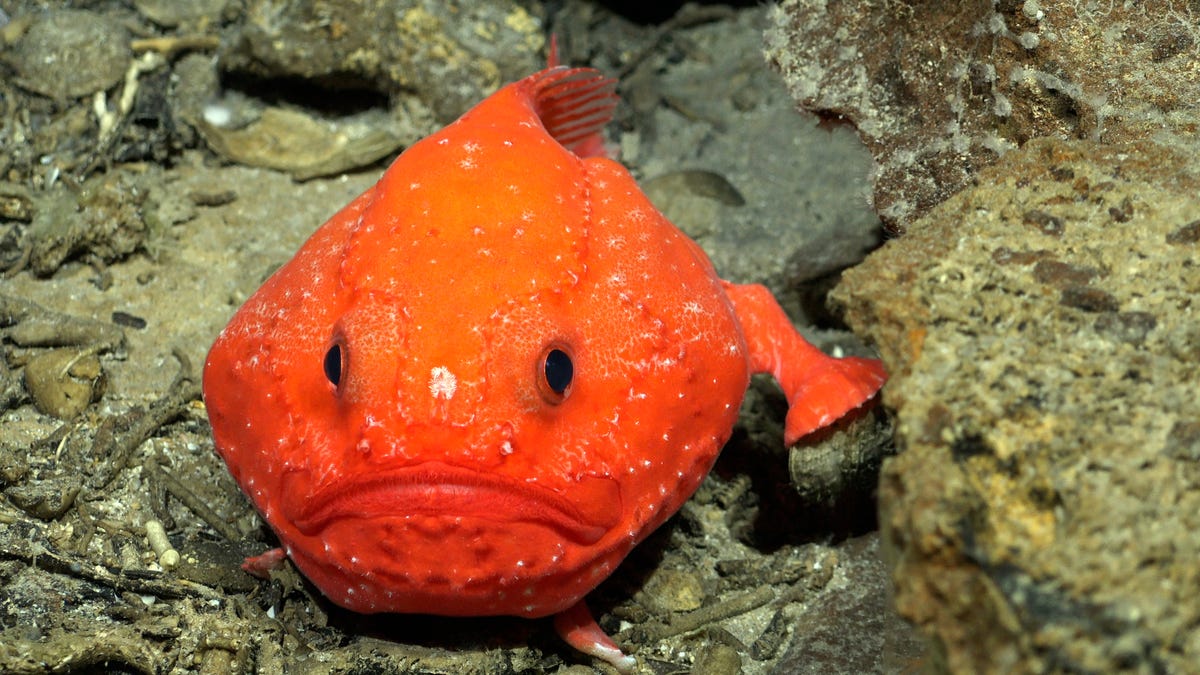What the US’s ‘Fair Share’ of Emissions Reductions Looks Like


The U.S. is the largest historical contributor to planet-warming pollution, responsible for around a quarter of all carbon dioxide ever put in the atmosphere. In the pursuit of just international climate policy, remediating those emissions requires much more than climate pledge President Joe Biden just announced.
The stated goal of the Paris Agreement is “pursuing efforts to limit the temperature increase to 1.5 degrees Celsius [2.7 degrees Fahrenheit] above pre-industrial levels.” To do that, the world will have to collectively halve its 2018 emission levels by 2030.
A recent report from environmental organizations including Friends of the Earth, ActionAid, and the Sunrise Movement found that, based on estimates that consider U.S. carbon pollution and access to capital, the American “fair share” pledge to the Paris Agreement would be reducing emissions 195% of 2005 levels by 2030. It’s well above Biden’s 50% to 52% reduction. But greenhouse gas emissions last for decades or more in the atmosphere and they don’t respect borders. That means the full weight of American emissions past and present are contributing to the floods, heat waves, and other disasters that disproportionately ravage the Global South. The U.S. owes it to the world to make right on the carbon pollution that allowed it to reach the pinnacle of the world as the richest nation on Earth.
The environmental groups behind the “fair share” analysis acknowledge that it would be all but impossible to eliminate all U.S. emissions in just eight years and also come up with technology to remove the equivalent of 95% of its 2005 levels from the atmosphere. But there’s another way the U.S. could pay its dues.
For one, the U.S. should do all it can to eliminate its own climate impact—the report says the U.S. should aim for at least a 70% reduction by 2030. The damage wrought by climate change can’t be mended just by U.S. investments in clean energy at home. And the U.S. is flush with cash to help other countries prepare their energy systems—and society—for the 21st century.
G/O Media may get a commission
These funds should be directed, in particular, at nations on the frontlines of the climate crisis who have by and large contributed the least to it but lack the means to prepare. Putting meaningful resources into the Green Climate Fund, the United Nations grantmaking body that furnishes capital for international climate action, is one avenue to meet the U.S. climate debt. The new report suggests $8 billion. For context, John Kerry, the Biden administration’s climate czar, promised $2 billion. That would only fulfill the nation’s existing pledges.
But the Green Climate Fund is only one avenue. USAID and other international development programs could also channel still more money to mitigation, adaptation, and loss and damage financing. Ambitiously, the authors of the fair share pledge suggest the country invest up to $3 trillion into a debt relief and green recovery package to help poor countries with limited means adhere to the Paris Agreement’s goals. That should all come without strings attached since it should help relieve the burdens of debt, not create more of it.
Climate change isn’t happening in a vacuum. It’s also exacerbating other crises that the U.S. has contributed to or outright caused. Just look at how the reverberations of U.S. invasions of Iraq or Libya have played out in a warming world.
International aid shouldn’t only apply to climate-specific actions, but the host of other problems tied with America’s sprawling influence and how it intersects with the climate crisis. Research shows that U.S. companies have reduced their emissions and pollution at home by offshoring manufacturing to poorer nations with looser regulations. In the already stifling heat in places like India and Bangladesh, that offshored pollution can become more deadly. American consumption has also created environmental crises abroad. The U.S. is responsible for more plastic pollution than any other country, which can harm marine ecosystems already under stress due to hotter waters and ocean acidification.
Even if we do all this and do it well, global warming wouldn’t come to an immediate halt. That means some people may still face extreme climate challenges, leading to migration. We should welcome them with open arms. The climate crisis has already catalyzed extreme weather from the Middle East to Central America that has forced people to leave home. As these disasters happen, the U.S. should recognize its role in global destabilization and grant people protections within its borders.
None of this should come at the expense of ordinary Americans. Communities within U.S. borders have also been exploited, from California to Appalachia to the South. This is the wealthiest nation in the world, and the climate crisis is the most urgent threat facing us. There’s no reason to choose between transformative national and international action. We need both.
This won’t be easy, but the alternative is simply immoral. The U.S. has spent too long extracting wealth and resources, hoarding wealth and power. Reducing its own greenhouse gas emissions isn’t enough.
Source link





